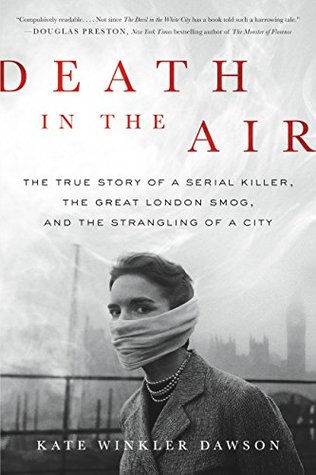More on this book
Kindle Notes & Highlights
Notting Hill was later reinvented as a tony district for the well-heeled, but in 1952 it was a crime-ridden skid row.
From the start of the fog through the following Friday—seven days—more than four thousand people died, two and a half times more deaths than normal for that week in previous years. The Great Smog of 1952 was officially a crisis.
After the person died, the body was watched for several nights to make sure he was truly dead. That was the origin of the term “wake,” the social gathering before a funeral. When “funeral parlors” gained popularity in the early 1900s, home parlors were renamed “living rooms.”
The Donora disaster was credited with triggering the clean-air movement in the United States—and introduced Americans to a relatively new word: smog. Victims hammered U.S. Steel with lawsuits and the American government immediately launched an inquiry—investigators created a report, but researchers in the United States were still gathering information. The fog in London alarmed them.


